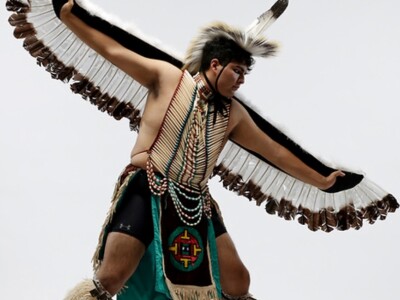Children love to watch impromptu stories unfold and come to life, especially stories they can take part in, such is the way of improvisation. As a child, I loved acting out these made up stories with my siblings and the neighborhood kids. We didn’t own a camera, so we would just pretend to take turns making the motion of “rolling a camera” to “film” our story, and whenever possible, we’d perform our show in front of neighbors. It wasn’t until later that I realized that people actually “act” out stories “live” in front of a group of people called an “audience,” that the people performing are known as “actors” and that the process is called a “play.”

The year I was adopted, my new “official” Dad took me to see an actual play, the Broadway production of Annie on National Tour; (of course, I didn’t realize the significance at the time) and the seed was planted. As a Mom, I continued the art of impromptu storytelling, interspersed with songs. I made up short stories at bedtime or long ones on road trips to visit family.
Here at Brigham Young University, we are proud to present live storytelling in The Glorious Story Emporium in long form improv. The difference between long form and short form improv is more than just stage time. Long form improv follows a story arch and may begin with one of a number of basic plots … one of my favorites is “apocalypse” or “disaster movie” and yet the storyline may take on a life of its own following suggestions from the audience. Unlike long form improv, short form improv skits are quick situations that the actors or participating audience members are trying to tie up quickly and may be in competition with another group doing the same situation or a similar one. Short form improv is ideal as a warm-up exercise for a drama class, for guests at a party, or multiple short form improvs end to end may add up to the length of a show’s worth. However, one long form improv will usually fill an entire evening’s worth of entertainment.
For the “rest of the story” on the long and the short of improvisation types, check out this link: https://bigbluedoor.org/2013/02/18/whats-the-difference-between-long-and-short-form-improv/


